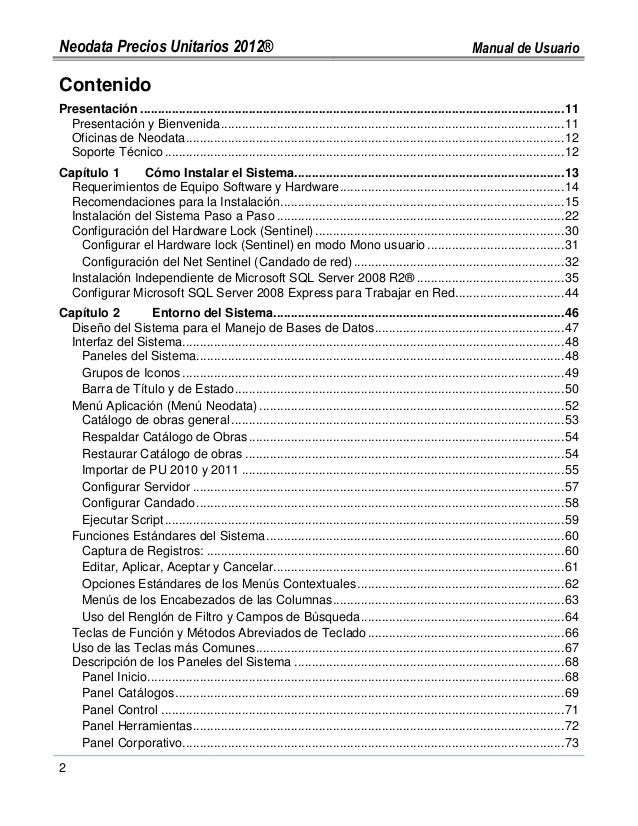Neodata 2009 Full Action
Many downloads like Neodata 2008 may also include a crack, serial number, unlock code, cd key or keygen (key generator). If this is the case it is usually found in the full download archive itself. Welcome To FileFixation.com. Jun 5, 2017 - CLEVELAND, Ohio -- Bob Krizancic headed for his car when his phone lit up. The Mentor boys basketball coach received a text message from.
Medication reconciliation was developed to reduce medical mistakes and injuries through a process of creating and comparing a current medication list from independent patient information sources, and resolving discrepancies. The structure and clinician assignments of medication reconciliation varies between institutions, but usually includes physicians, nurses and pharmacists. The Joint Commission has recognized the value of medication reconciliation and mandated implementation in 2006; however, a variety of issues have prevented simple, easy, and universal implementation. Introduction The Institute of Medicine report “To Err Is Human” described medical errors as a significant source of patient injury [] and prompted the medical community to develop ideas and evaluate processes to reduce medical errors and patient injuries [].

Medication errors are a leading cause of patient injury; the 7,000 medication related deaths per year are more than all US annual workplace-injury related deaths []. Medication reconciliation is defined by The Joint Commission as “the process of comparing a patient’s medication orders to all of the medications that the patient has been taking to avoid medication errors such as omissions, duplications, dosing errors, or drug interactions and should be performed at every transition of care” [], and was developed specifically as to reduce errors in health care. Download speed registry tweak for windows 7 internet backgammon free. Initial descriptions of medication reconciliation were presented in 2003 by Pronovost et al. [], but variations of reconciliation as part of history-taking have been practiced for years, from Dr. Smith quizzing his patients about medications taken at home to inclusion of a pharmacist on rounds with the medical team [, ] to review patient medication lists or offer advice for medication decisions []. In 2005 medication reconciliation was identified as a National Patient Safety Goal by The Joint Commission [], requiring institutions to develop and implement medication reconciliation as an active process to be evaluated during regular Joint Commission on-site surveys []. Several factors explain why medication reconciliation in the hospital environment is a complicated, challenging task for health care providers whose patients have complex disease states and numerous medications.
As healthcare institutions across the country transition to electronic patient record systems, the current state of development presents an opportune environment for institutions to implement medication reconciliation as part of their overall patient health and safety strategy []. This report reviews concepts and justification to implement medication reconciliation, discusses the need for accurate medication identification, summarizes institutions development and evaluation of medication reconciliation, and offers common ideas and themes for an effective program. Background Organizational culture and clinical factors have emerged during recent years emphasizing the need to create medication reconciliation procedures and integrate them into daily clinical workflow. These factors include increased development and sale of new and combination prescription and over-the-counter drugs: the most recent Approved Drug Products Electronic Orange Book includes over 25,320 medication listings [].
Second, with new pharmaceuticals comes the recognition of brand and generic drug names that are similar to and confused with medications for other indications: a 68 year old man presented with increased prothrombin and partial thromboplastin times and spontaneous hemorrhagic syndrome after receiving Previscan (fluindione), a vitamin K antagonist, instead of the desired medication for benign prostatic hypertrophy, Permixon []. Third, there is emerging a progressively aging population taking a greater number of medications which require different, complex timing schedules: one recent description of pharmaceutical use in community dwelling older patients 77.5±8.7 years of age (mean±1SD) showed an average of 9.6±4.1 medications per person [].